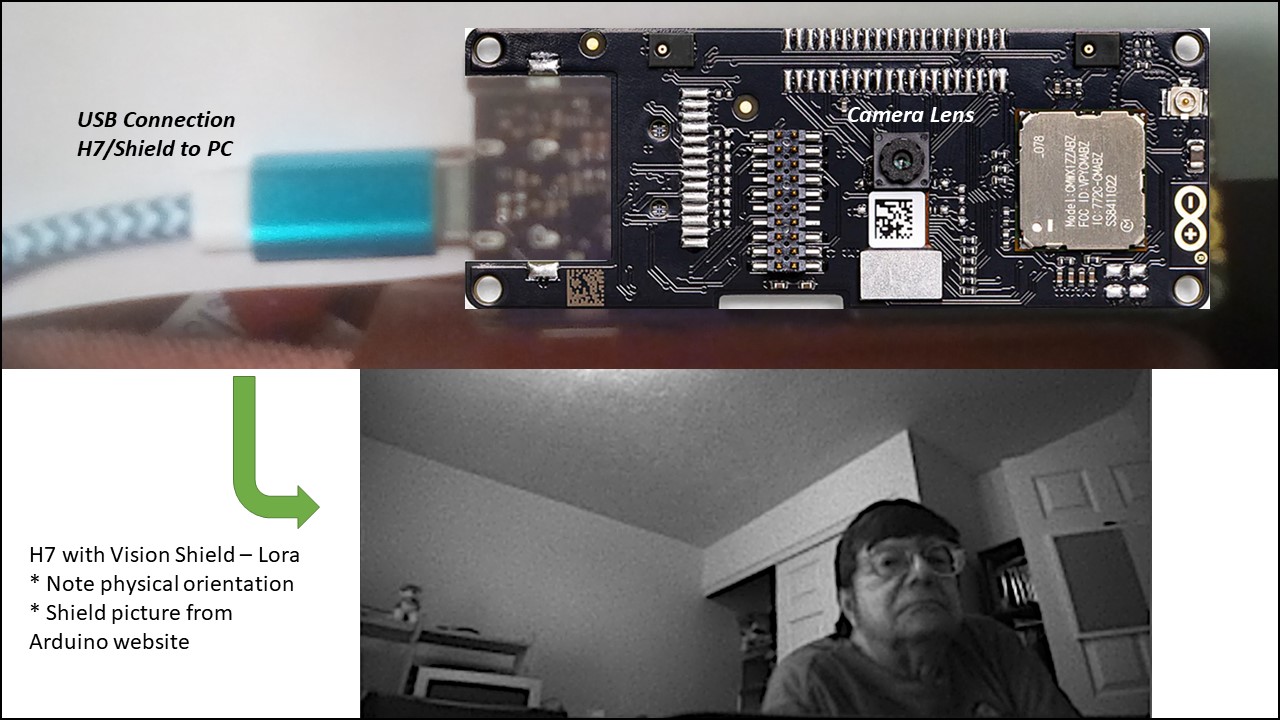
Coastal Living Model Kit
Explore coastal landscapes and freely build with the Arckit Coastal Living kit. Create your ultimate collection of colorful and contemporary beach house style designs reflecting the easy going lifestyle along the coastline.
Overview
The Arckit Coastal Living scale model building kits lets you imagine a day in the surf from the comfort of home! (Scale 1:50 / 1/4)
Ideal for Budding architects from age 7 years old to create and learn about the life by the coast, marine quirks and designs.
The Arckit Coastal Living comes with:
- 88x Arckit pcs. (Architectural building blocks).
- 25x Arckit Coastal cardboard pop-outs (including figurines & vegetation).
Add more cardboard pop-outs. - 1x Introductory booklet with fun and educational facts about the coastal environment, sketching & planning page and step by step instructions for 1 design.
- A further 3+ alternative building design instructions are available online as well as lots more printable Arckitexture decals and Arckit inspiration.
- Arckit Digital components are also available to build via SketchUp and Revit platforms.
- Reusable storage box for components and accessories.
- Access to Arckit Universe.
- Package Dimensions: 300x50x220mm
- Recommended for age 7+
And remember that all Arckit construction sets are compatible with one another!
Get Inspired

Begins a process of combining Portenta H7 with Vision Shield – LoRa by acquiring, sending, and displaying a camera image via USB/Serial connection.

Jeremy Ellis is a teacher, and as such, wanted a longer-term project that his students could do to learn more about microcontrollers and computer vision/machine learning, and what better way is there than a self-driving car. His idea was to take an off-the-shelf RC car which uses DC motors, add an Arduino Portenta H7 as the MCU, and train a model to recognize target objects that it should follow. After selecting the “RC Pro Shredder” as the platform, Ellis implemented a VNH5019 Motor Driver Carrier, a servo motor to steer, and a Portenta H7 + Vision Shield along with a 1.5” OLED module. After 3D printing a small custom frame to hold the components in the correct orientation, nearly 300 images were collected of double-ringed markers on the floor. These samples were then uploaded to Edge Impulse and labeled with bounding boxes before a FOMO-based object detection model was trained. Rather than creating a sketch from scratch, the Portenta community had already developed one that grabs new images, performs inferencing, and then steers the car’s servo accordingly while optionally displaying the processed image on the OLED screen. With some minor testing and adjustments, Ellis and his class had built a total of four autonomous cars that could drive all on their own by following a series of markers on the ground. For more details on the project, check out Ellis' Edge Impulse tutorial here.






